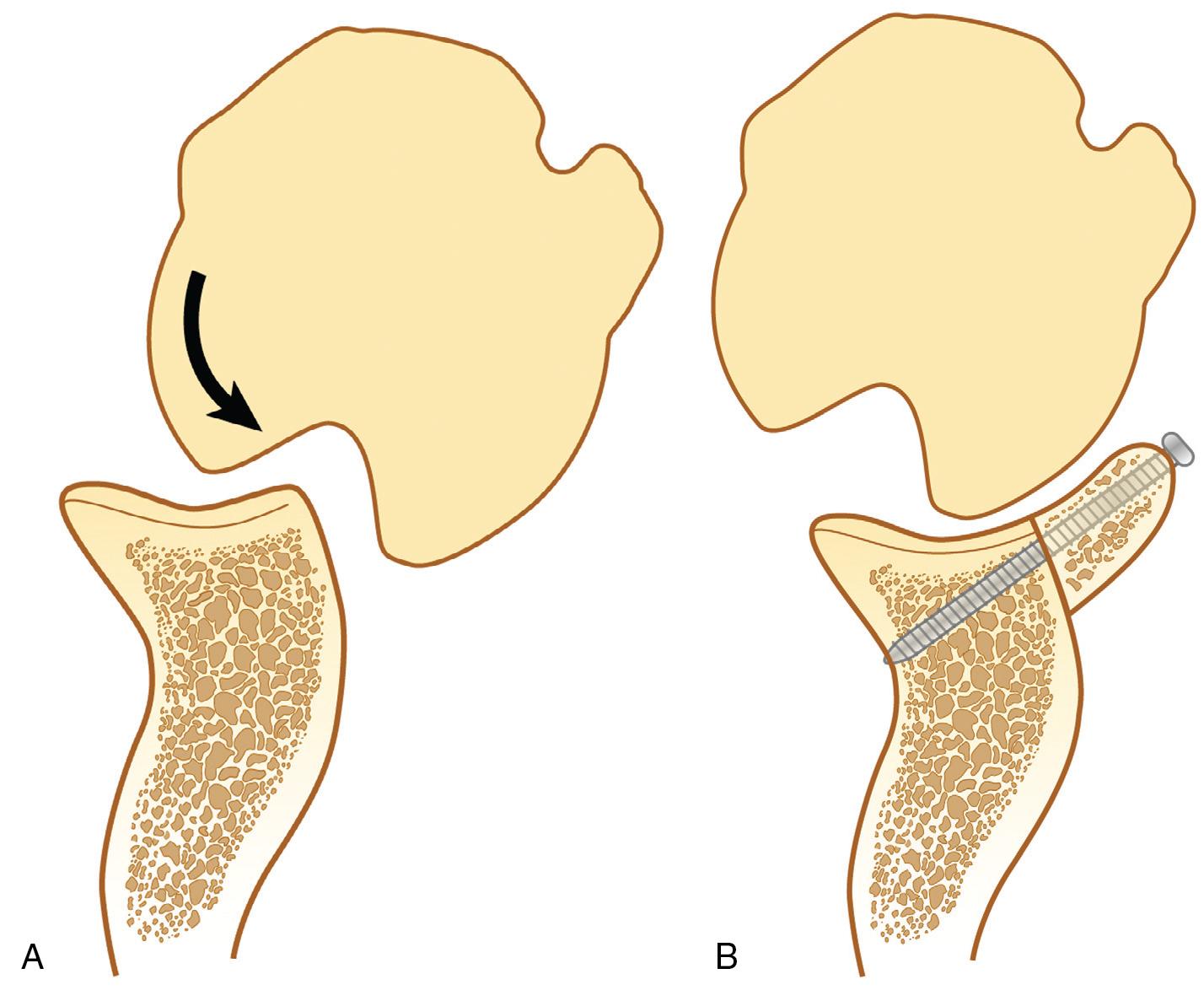Physical Address
304 North Cardinal St.
Dorchester Center, MA 02124
The majority of anterior instability cases requiring surgery can be successfully managed with arthroscopic soft tissue repair or reconstruction. In the setting of significant bone defects, however, recurrence is high with isolated arthroscopic Bankart repair. The Latarjet procedure reduces recurrence in such cases; however, the procedure is technically demanding and carries the potential for serious complications.
Recognizing bone defects in anterior instability will reduce the risk of recurrence after surgical stabilization.
Absolute indications for the Latarjet procedure include glenoid bone loss by 3D CT of more than 25% of the inferior glenoid diameter (inverted-pear glenoid) and/or a deep, engaging Hill-Sachs lesion. Relative indications include anterior instability cases with lesser amounts of bone loss but significant risk factors for recurrence: young age, collision athletes, and revision surgery.
Placing the undersurface of the coracoid flush with the glenoid results in a more anatomic reconstruction with greater extension of the congruent arc.
Aim to harvest a graft of 2.5 to 3 cm.
A tenotomy is acceptable for exposure of the anterior glenoid, but a subscapularis split should typically be done to avoid complications associated with tenotomy and speeds postoperative recovery.
Graft placement (flush with the native glenoid articular arc) is the most critical portion of the procedure and is important to avoid glenohumeral arthritis and recurrent instability.
If managed well, the anterior capsular tissue is often repairable to the native glenoid after graft fixation.
Avoid an overhanging lateral graft.
Contact sports are avoided until the graft is fully healed (6–12 months).
: The open congruent-arc Latarjet procedure.
Recognizing and properly addressing bone defects is crucial to achieving good surgical outcomes in recurrent anterior shoulder instability. One of the most important requirements for glenohumeral stability is a long congruent articular arc in which the humerus and glenoid remain in contact throughout motion. Loss of this congruent arc can occur from glenoid bone loss or defects in the posterior humeral head (i.e., Hill-Sachs lesion) ( Fig. 16.1 A). Such lesions are present in the vast majority of patients with recurrent anterior shoulder instability. In the setting of glenoid bone loss of greater than 25% of the inferior glenoid diameter, recurrence after isolated arthroscopic Bankart repair is 67% to 75%. In such cases, recurrence can be dramatically reduced by the Latarjet procedure, in which the coracoid is transferred to the glenoid (see Fig. 16.1 B). The success of the Latarjet procedure can be attributed to the “triple blocking effect” of the bone graft, the conjoint sling, and the ligament repair.

A thorough history is critical to obtain and should elicit the following: original injury details, hand dominance, prior treatments received, chronicity, mechanism and shoulder position during recurrences, number of dislocations and time dislocated, reduction efforts (self-reduced or otherwise). Previous operative reports should be obtained and reviewed; they often yield valuable information about areas of bone deficiency, tissue quality, and fixation devices used. The patient’s goals and sport/work requirements should be thoroughly understood. The patient should be asked specifically if the shoulder dislocates at night. The relative contributions of pain versus instability should be elicited as well as the presence of any neurological symptoms.
Become a Clinical Tree membership for Full access and enjoy Unlimited articles
If you are a member. Log in here